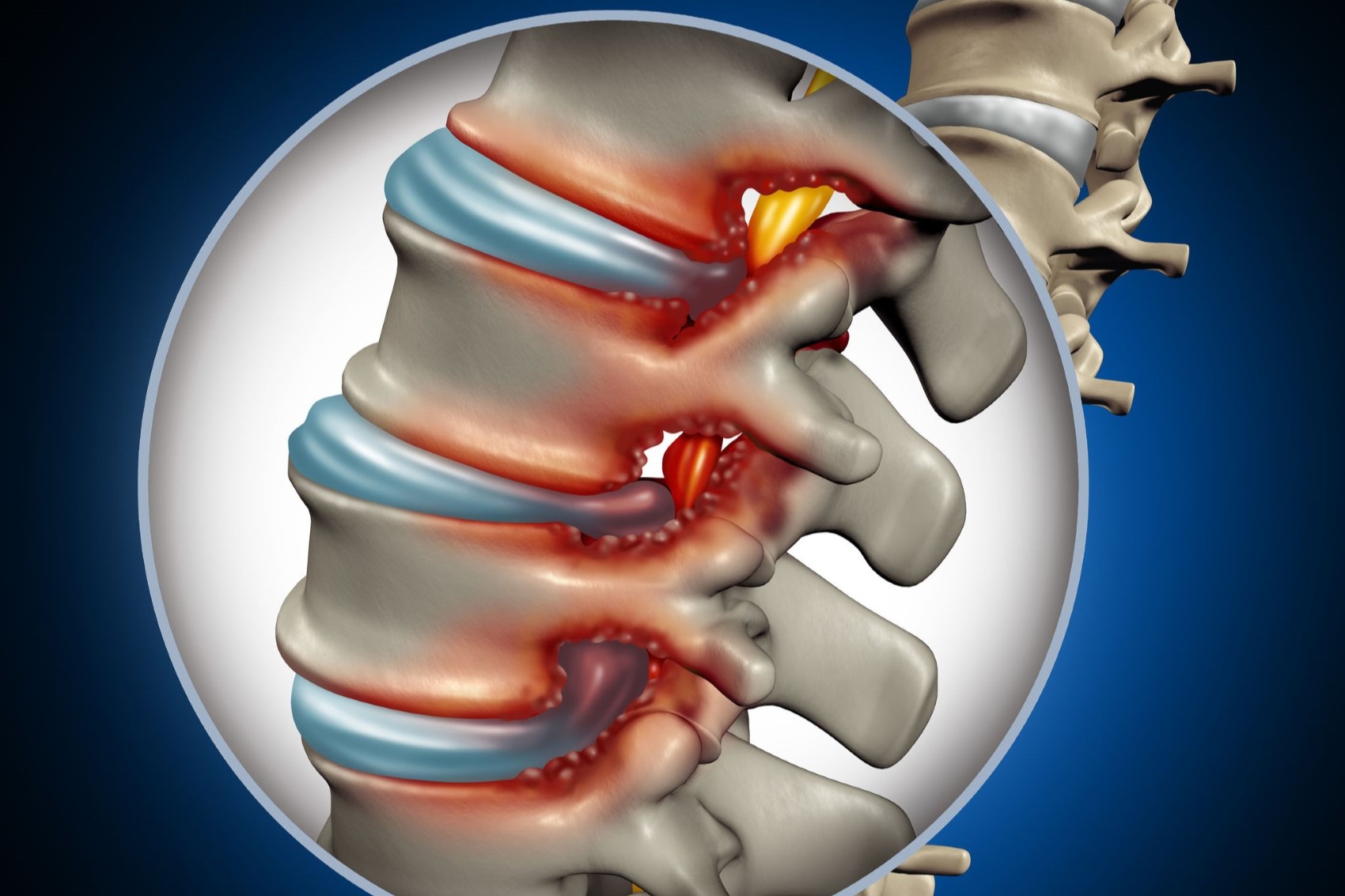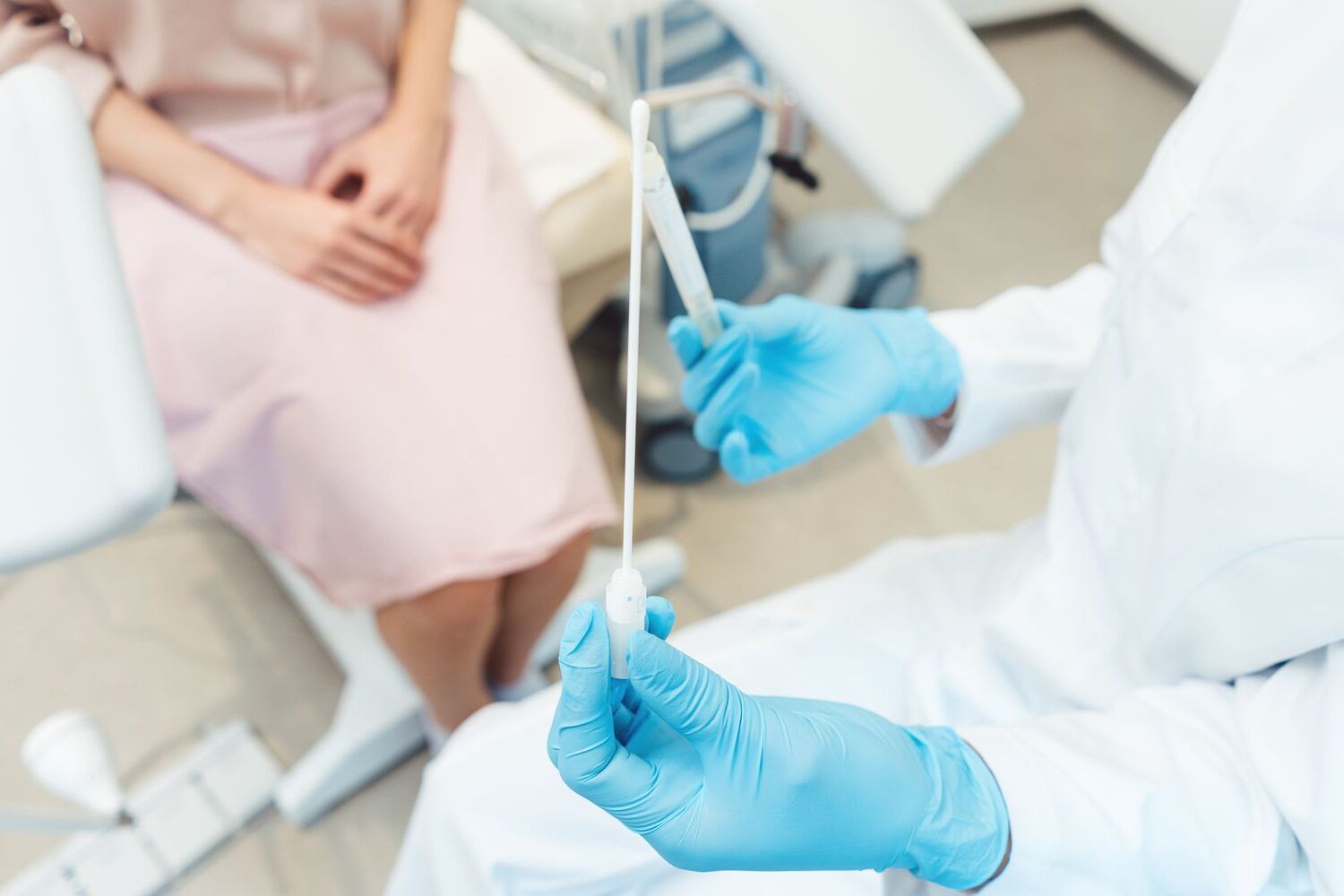
What is spinal stenosis? Spinal stenosis is a condition where spaces within your spine narrow, putting pressure on nerves traveling through the spine. This can cause pain, numbness, or weakness, often in the lower back or neck. Why does it happen? Aging is the most common cause, but injuries, herniated discs, and tumors can also lead to spinal stenosis. Who gets it? Mostly people over 50, but younger individuals with spine injuries or genetic conditions can be affected too. How is it treated? Treatments range from physical therapy and medications to surgery in severe cases. Understanding spinal stenosis can help manage symptoms and improve quality of life.
What is Spinal Stenosis?
Spinal stenosis is a condition where the spaces within your spine narrow, putting pressure on the nerves traveling through the spine. This can cause pain, numbness, or weakness, particularly in the legs and lower back. Here are some interesting facts about spinal stenosis.
-
Common in Older Adults: Spinal stenosis is most common in people over the age of 50. As we age, the wear and tear on our spine can lead to this condition.
-
Two Main Types: There are two main types of spinal stenosis: cervical stenosis, which occurs in the neck, and lumbar stenosis, which occurs in the lower back.
-
Symptoms Vary: Symptoms can vary widely. Some people experience severe pain, while others may have no symptoms at all.
-
Caused by Arthritis: Osteoarthritis is a common cause of spinal stenosis. The wear and tear on the joints can lead to the narrowing of the spinal canal.
Symptoms and Diagnosis
Understanding the symptoms and how spinal stenosis is diagnosed can help in managing the condition effectively.
-
Pain and Numbness: Common symptoms include pain, numbness, and tingling in the legs, feet, arms, or hands.
-
Weakness: Muscle weakness can also occur, making it difficult to walk or perform daily activities.
-
MRI and CT Scans: Doctors often use MRI or CT scans to diagnose spinal stenosis. These imaging tests provide detailed pictures of the spine.
-
X-rays: X-rays can also be used to look for changes in the spine that may indicate spinal stenosis.
Treatment Options
There are several treatment options available for spinal stenosis, ranging from conservative methods to surgical interventions.
-
Physical Therapy: Physical therapy can help strengthen the muscles around the spine, providing better support and reducing pain.
-
Medications: Pain relievers, anti-inflammatory drugs, and muscle relaxants can help manage symptoms.
-
Steroid Injections: Corticosteroid injections can reduce inflammation and provide temporary relief from pain.
-
Surgery: In severe cases, surgery may be necessary to relieve pressure on the spinal cord or nerves.
Lifestyle and Management
Managing spinal stenosis often involves making lifestyle changes and adopting new habits.
-
Exercise: Regular exercise can help maintain flexibility and strength, which can alleviate symptoms.
-
Weight Management: Maintaining a healthy weight can reduce the strain on your spine.
-
Posture: Good posture can help prevent further damage to the spine and reduce pain.
-
Assistive Devices: Using canes or walkers can help improve mobility and reduce the risk of falls.
Interesting Facts
Here are some lesser-known facts about spinal stenosis that might surprise you.
-
Not Always Painful: Some people with spinal stenosis experience no pain at all, even though their spinal canal is significantly narrowed.
-
Genetic Factors: Genetics can play a role in the development of spinal stenosis. If your parents had it, you might be at higher risk.
-
Gender Differences: Women are more likely to develop spinal stenosis than men, particularly after menopause.
-
Alternative Therapies: Acupuncture and chiropractic care are sometimes used to manage symptoms, though their effectiveness can vary from person to person.
Final Thoughts on Spinal Stenosis
Spinal stenosis affects many people, causing pain and mobility issues. Knowing the symptoms like numbness, weakness, and back pain can help in early diagnosis. Treatments range from physical therapy and medications to surgery for severe cases. Lifestyle changes, such as regular exercise and maintaining a healthy weight, can also make a big difference.
Understanding the causes and risk factors like aging, arthritis, and genetic conditions helps in managing the condition better. Early intervention can improve quality of life significantly. Always consult healthcare professionals for personalized advice and treatment plans.
By staying informed and proactive, you can manage spinal stenosis effectively. Don't let it control your life; take steps to alleviate symptoms and improve your well-being.
Was this page helpful?
Our commitment to delivering trustworthy and engaging content is at the heart of what we do. Each fact on our site is contributed by real users like you, bringing a wealth of diverse insights and information. To ensure the highest standards of accuracy and reliability, our dedicated editors meticulously review each submission. This process guarantees that the facts we share are not only fascinating but also credible. Trust in our commitment to quality and authenticity as you explore and learn with us.


